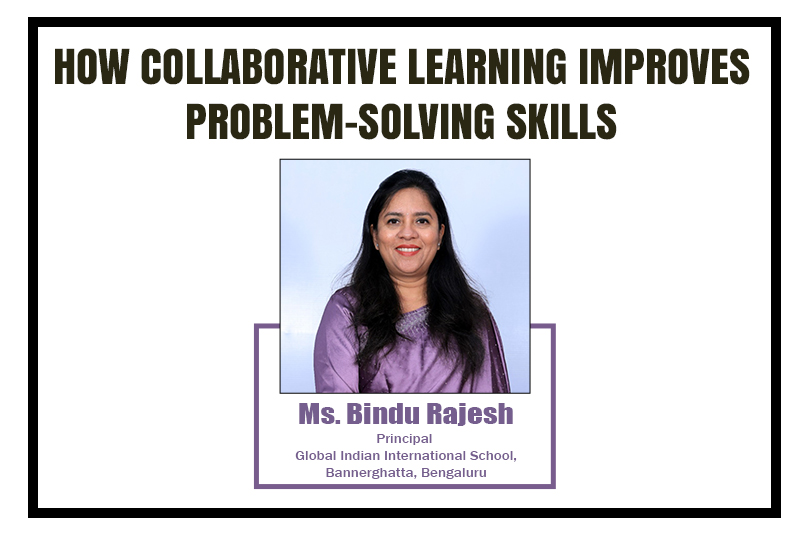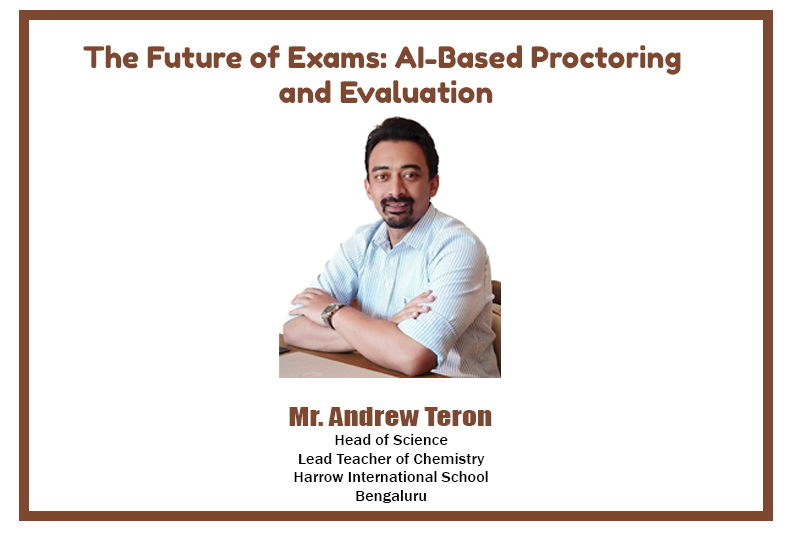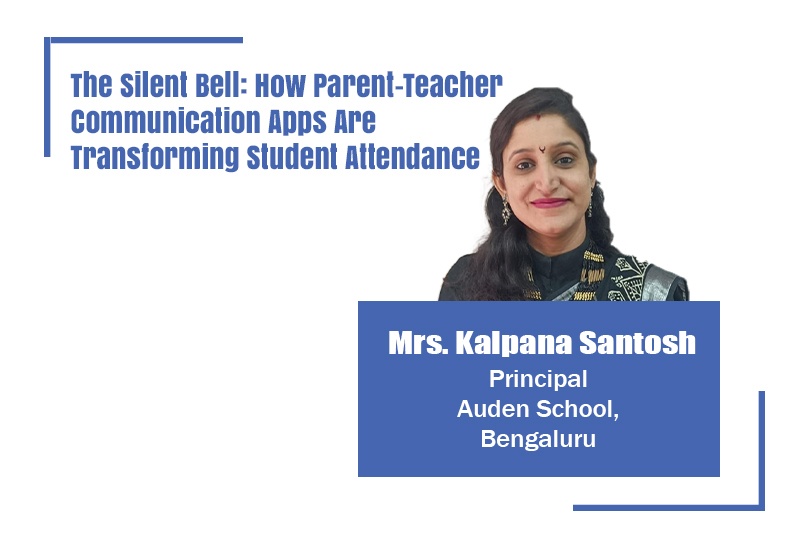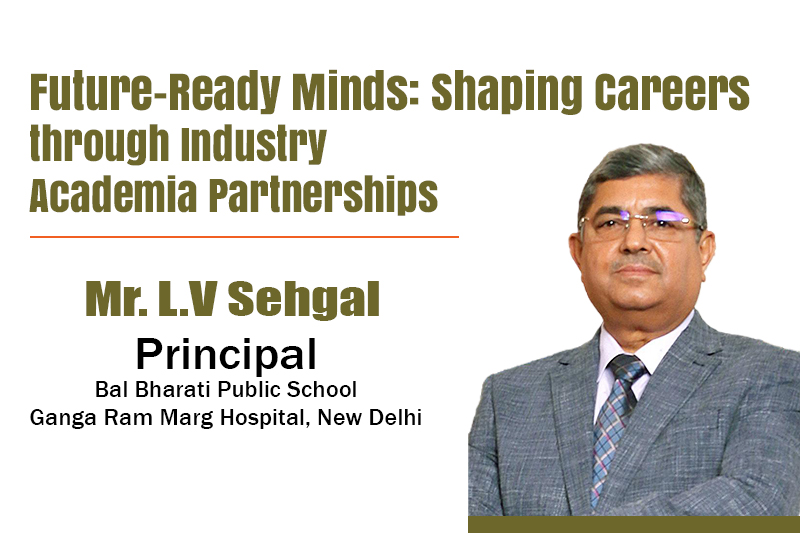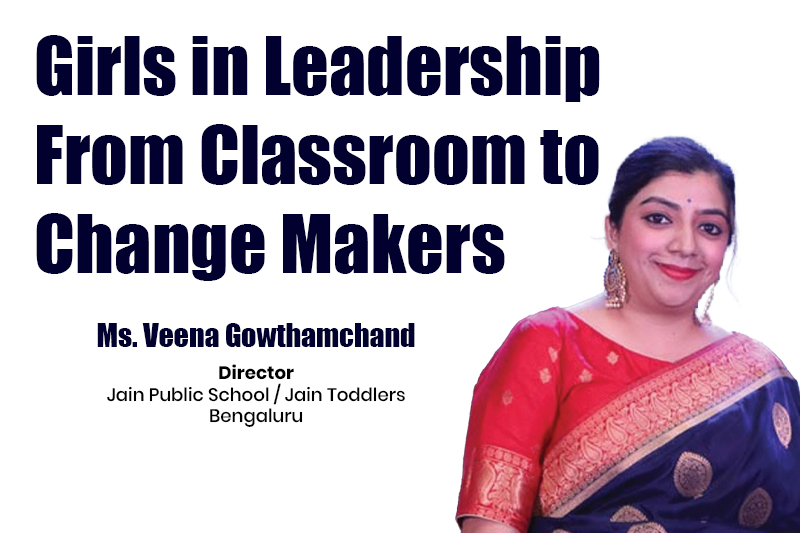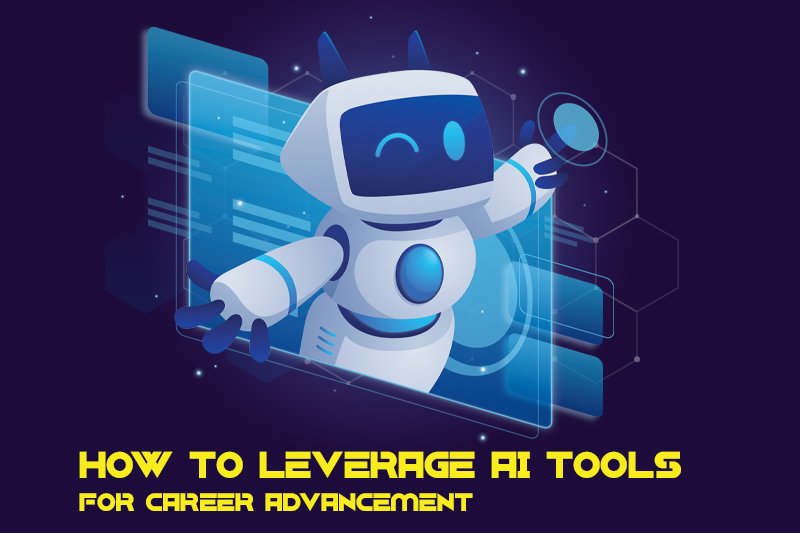Collaborative Learning & Problem-Solving – Insights from Bindu Rajesh, Principal, GIIS Bannerghatta
How Collaborative Learning Improves Problem-Solving Skills
In the ever-evolving educational landscape, preparing students for real-world challenges goes far beyond textbooks and examinations. It involves nurturing 21st-century skills such as problem-solving, critical thinking, adaptability, and teamwork. At Global Indian International School (GIIS), Bannerghatta, Principal Bindu Rajesh strongly advocates for collaborative learning as one of the most effective pedagogical strategies to equip students for the future.
From her perspective, problem-solving in education is not merely about finding the right answers but about building the mindset and processes that help students tackle complex situations. She emphasizes that collaborative learning transforms classrooms into hubs of dialogue, creativity, and teamwork, where students don’t just learn concepts but actively apply them.
Beyond Group Work: The True Essence of Collaborative Learning
Mrs. Rajesh points out that collaborative learning is often misunderstood as simple group work. In her experience, the practice is far more structured and intentional. It requires students to engage in shared tasks, negotiate differences, reflect on outcomes, and co-construct solutions.
Through this process, learners bring diverse perspectives to the table. Each discussion becomes a fertile ground where multiple viewpoints intersect, encouraging deeper analysis and synthesis. This not only enhances critical thinking in schools but also leads to solutions that are creative, inclusive, and practical.
She explains that in such an environment, students are no longer passive recipients of knowledge. Instead, they are active contributors who ask probing questions, articulate reasoning, and respectfully challenge one another’s ideas. The outcome is higher-order thinking—skills that transcend subject boundaries and prepare them for the demands of a global society.
Encouraging Active Engagement
As Mrs. Rajesh highlighted, one of the most impactful ways collaborative learning enhances problem-solving in education is through active engagement. When students work together, they tend to take ownership of their learning. The discussions encourage them to reason out loud, defend their viewpoints, and reconsider assumptions when faced with alternative perspectives.
For instance, in mathematics, when students collaborate on solving a challenging problem, they are compelled to explain their reasoning. Similarly, in science, group experiments demand that they think creatively and logically, often combining multiple approaches to arrive at a workable hypothesis.
This engagement ensures that learning is not superficial but rooted in deep understanding, strengthening their problem-solving abilities.
The Power of Peer Learning
Mrs. Rajesh emphasizes the significance of peer learning in this model. Every student brings unique strengths—logical reasoning, creativity, organizational ability, or communication. When these strengths converge in a collaborative setting, the results are powerful.
A student proficient in analytical thinking may work with a peer who thrives on imagination. Together, they develop a solution that neither could have achieved individually. This synergy mirrors real-world teamwork, where diverse perspectives often fuel innovation.
In her view, this is where group learning benefits become apparent. Students not only gain from the knowledge of their peers but also learn humility, empathy, and respect for differences. These experiences shape them into confident problem-solvers who value collaboration over competition.
Developing Soft Skills for Real-World Success
While the academic gains of collaborative learning are evident, Mrs. Rajesh is equally passionate about its role in building soft skills. She notes that teamwork teaches students to listen actively, constructively resolve conflicts, divide responsibilities effectively, and respect differing viewpoints.
Communication, leadership, adaptability, and empathy are critical in today’s interconnected world. Individuals who collaborate meaningfully in higher education, the workplace, and broader society are better positioned to succeed.
She adds that when children learn to manage disagreements, compromise, and work toward a shared goal, they acquire life lessons that no textbook can teach.
Real-World Applications at GIIS Bannerghatta
At GIIS Bannerghatta, collaborative learning is not confined to a few classroom exercises. It is integrated across subjects and projects, ensuring students regularly practice and refine these skills.
Mrs. Rajesh shares that during interdisciplinary projects, students are encouraged to brainstorm ideas, conduct research, debate perspectives, and present solutions to real-world issues. These activities extend learning beyond academics, from environmental conservation initiatives to community development projects.
Such projects strengthen subject knowledge and instill a sense of social responsibility. Students begin to see themselves as contributors to society, capable of making meaningful changes through collective effort.
The Teacher as a Facilitator
One of the shifts collaborative learning brings, as Mrs. Rajesh highlights, is in the role of the teacher. No longer the sole source of knowledge, the teacher becomes a facilitator of learning.
Educators guide discussions, pose open-ended questions, and scaffold tasks in ways that allow students to take ownership of their problem-solving journeys. This approach fosters independence while still providing the necessary structure for success.
In her experience, students respond positively to this shift. They feel empowered when their voices are valued, and their confidence grows as they realize that learning is not about memorizing facts but about constructing knowledge through dialogue and exploration.
The Impact on Students
Over time, GIIS Bannerghatta has witnessed remarkable transformations among students exposed to this model. Learners are more engaged in academic tasks and more confident in addressing real-life challenges.
Mrs. Rajesh notes that these students develop resilience, creativity, and collaboration as second nature. They are better prepared for competitive exams, higher education group projects, and future workplaces' collaborative environments.
In her words, collaborative learning is an investment in shaping future-ready problem solvers—students who can think critically, act responsibly, and adapt quickly to the demands of an uncertain world.
A Vision for the Future
Looking ahead, Mrs. Rajesh believes that embedding collaborative learning in education is not optional but essential. As global challenges grow increasingly complex, solutions will require collective wisdom and cooperative problem-solving.
She envisions classrooms that are not just spaces of academic instruction but ecosystems of teamwork, creativity, and social growth. By nurturing student collaboration today, schools can prepare learners to become responsible leaders and innovators of tomorrow.
Conclusion
To Mrs. Bindu Rajesh, Principal of Global Indian International School, Bannerghatta, collaborative learning is more than a teaching method—it is a philosophy that transforms how students think, interact, and solve problems. By fostering teamwork, critical thinking, and empathy, this approach equips students with the tools they need to thrive in an interconnected world.
As she advocates, the future of education lies in classrooms that celebrate diversity of thought, encourage peer learning, and empower students to face challenges with confidence and creativity. In such environments, learners don’t just find answers—they learn how to ask better questions and solve problems collaboratively, making them true changemakers of tomorrow.

